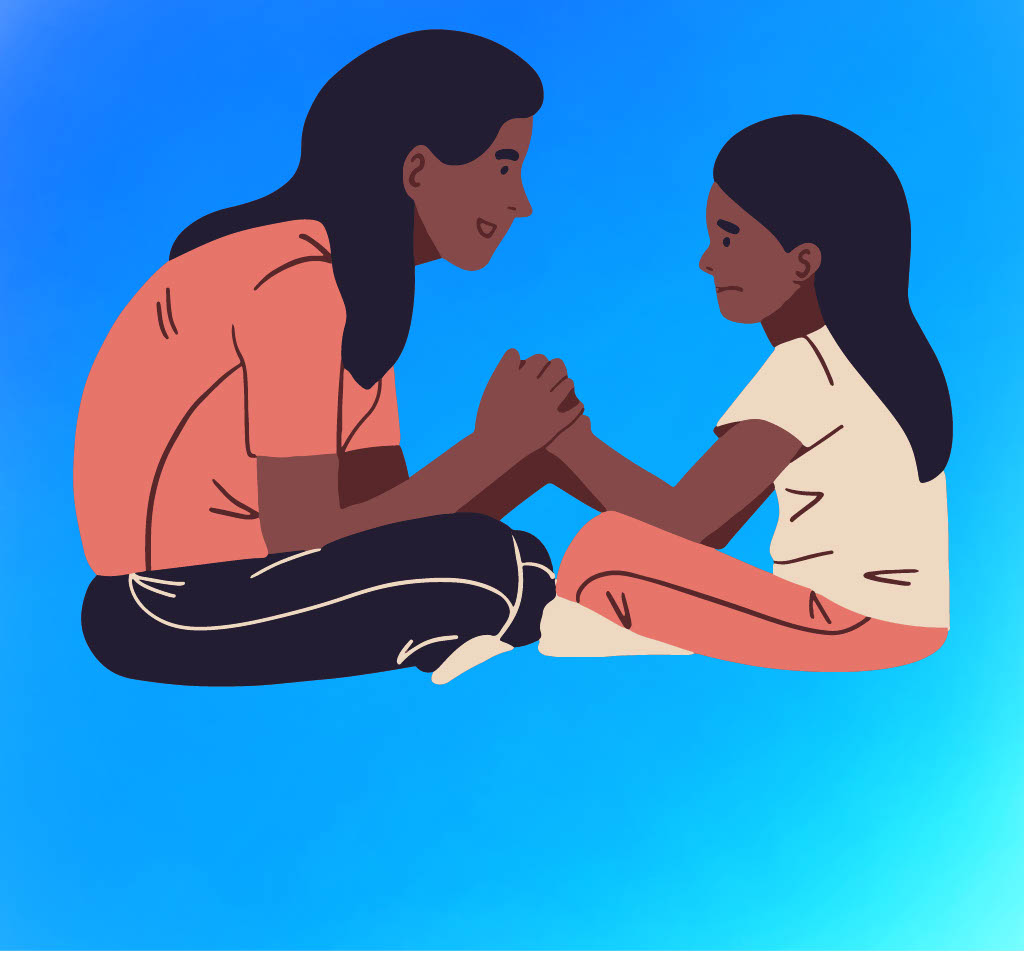Abhivritiprakash
psychotherapy & counseling clinic
Play therapy is a form of psychotherapy and can be effective in helping children through emotional and mental issues.
Children often use play to express themselves and navigate the world and play therapy takes advantage of this. Play therapy is primarily used with children. Although, it can also be used with adults. It is typically used with children who are aged between 3 and 12.
play therapist will guide a person through play therapy in a free and safe environment where they feel most comfortable expressing themselves. Play therapists use play activities a child might enjoy from painting to dancing to board games. At times play therapist will ask other family members or parents and guardians to also get involved in the playtime activities.

There are two main forms of play therapy used by play therapists:
Many different techniques can be applied during play therapy. The technique used during a therapy session largely depends on your child’s needs and what play mediums they feel most comfortable using.
A typical play therapy session usually lasts between 30 and 45 minutes. During a play therapy session, the therapist will create a comfortable and safe environment for the child to play. The therapist will then observe the child’s interactions with the toys that are provided.
As the child grows more comfortable in the therapist’s playroom, more specific play activities that target the issues the child is dealing with will be introduced. Some of the most common techniques used by play therapists across the world include: